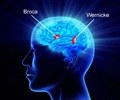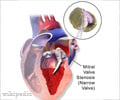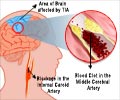Tart cherries were found to reduce the risk of stroke, finds new study.
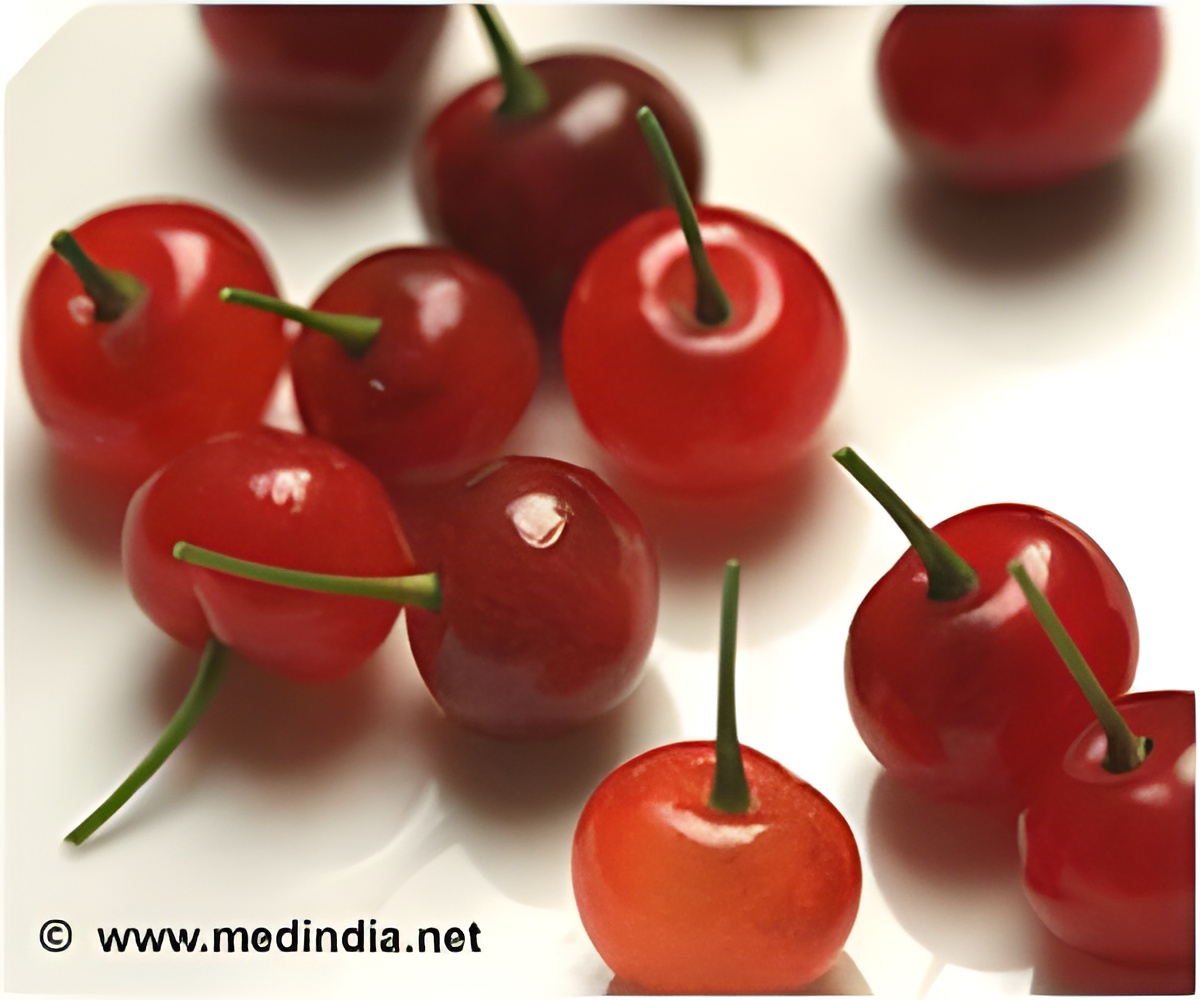
However, studies have shown the long-term use of these drugs can also increase stroke risk, which has prevented many from securing FDA approval.
The new research from the U-M Cardioprotection Research Laboratory suggests that tart cherries can reduce the risk of stroke even when taken with these pharmaceutical options.
The group's previous research has shown that intake of US produced, Montmorency tartcherries activates PPAR isoforms (peroxisome proliferator activating receptors) in many of the body's tissues.
Researchers believe that anthocyanins - the pigments that give the fruit its red color - may be responsible for PPAR activation.
PPARs regulate genes involved in fat and glucose metabolism, and when modified can help reduce the risk of cardiovascular disease.
The researchers compared the effect of tart cherries and the drug Actos in stroke-prone rats by measuring the animals' systolic blood pressure as well as locomotion, balance, coordination, all of which can show the aftereffects of a stroke.
While the research results indicate that rats who consumed only tart cherries had the best results, those who had the combination of tart cherries and Actos also did better than those who only took the drug.
Source-ANI
 MEDINDIA
MEDINDIA
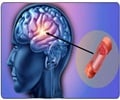



 Email
Email
